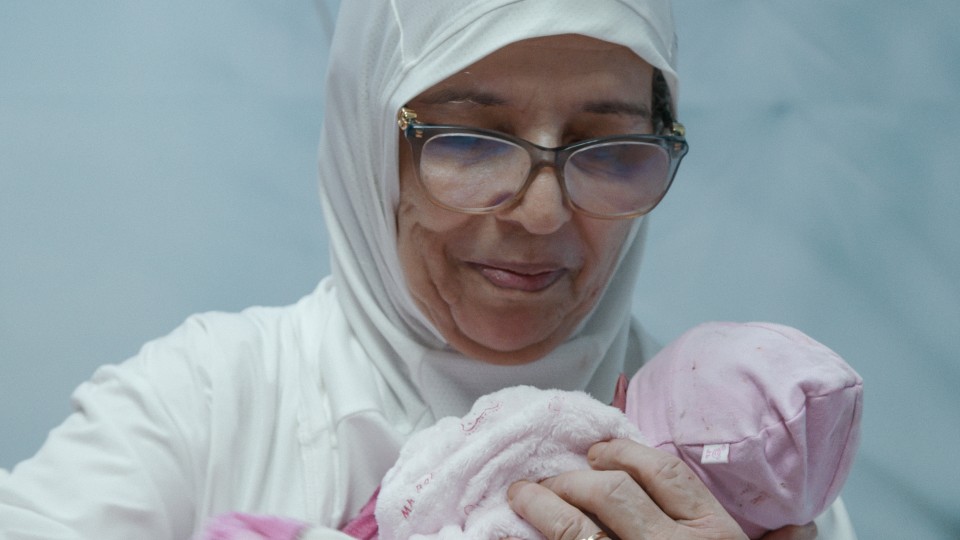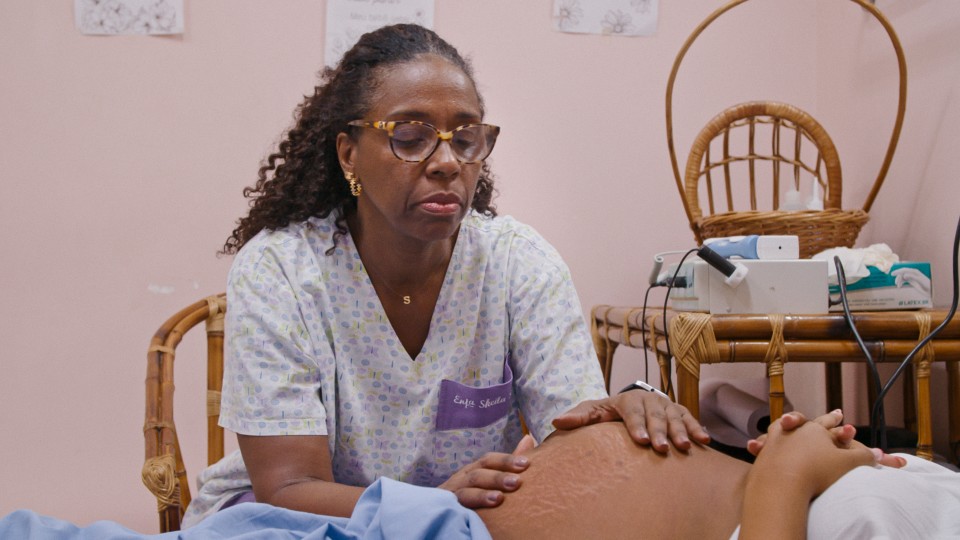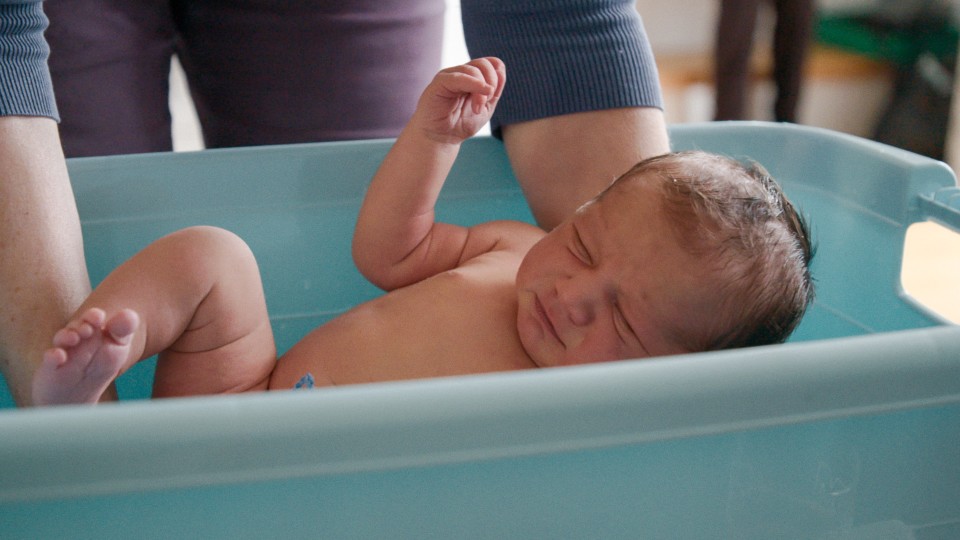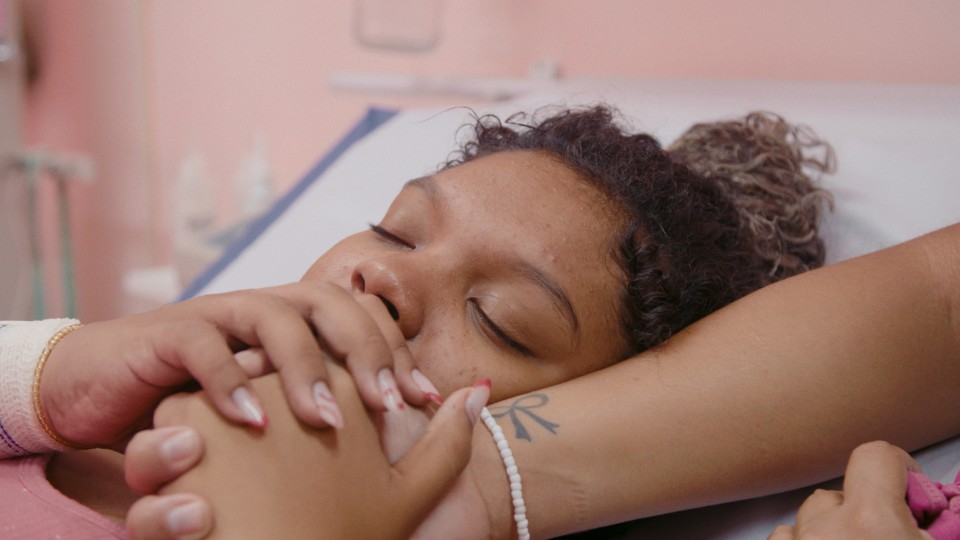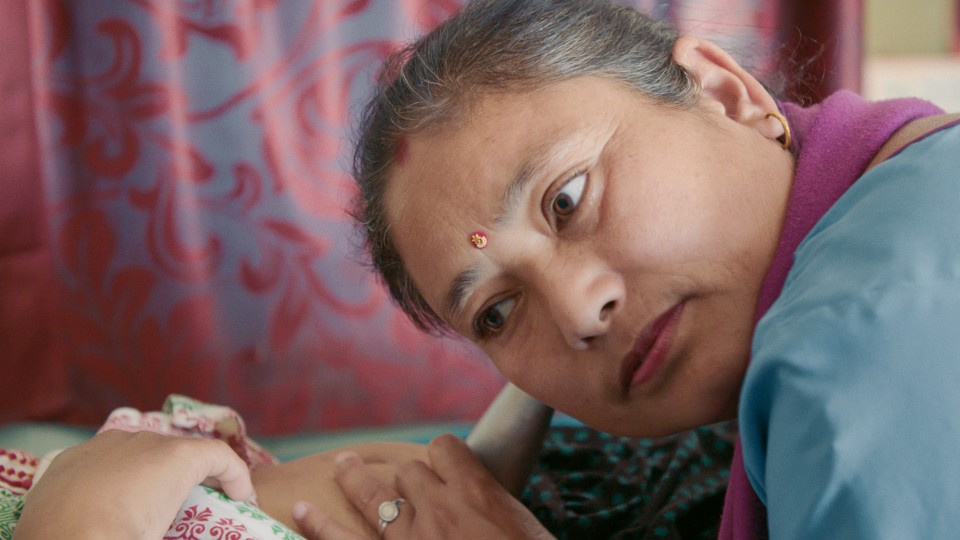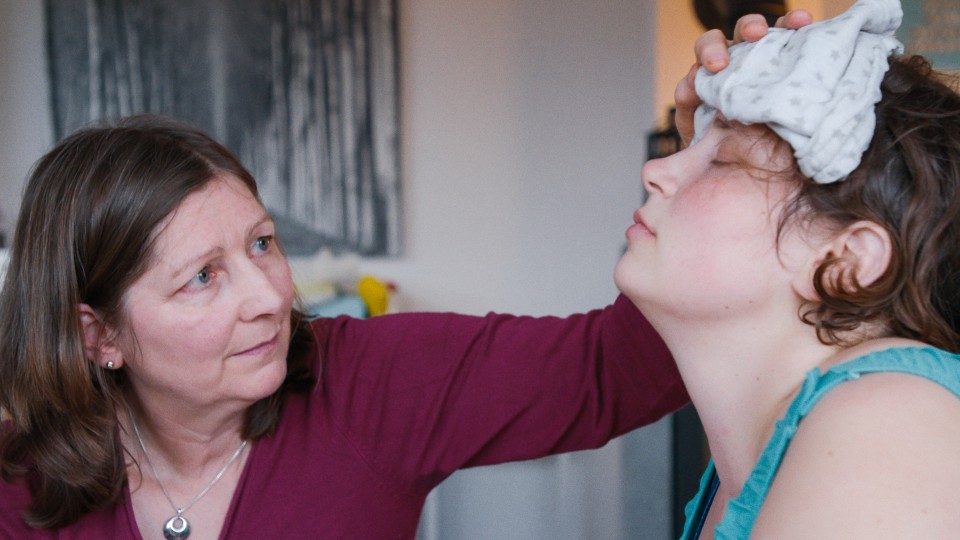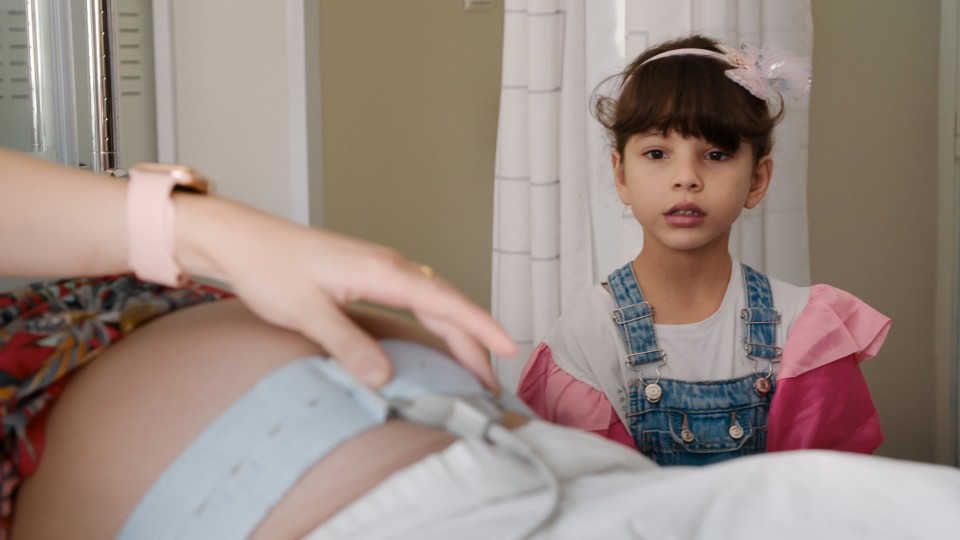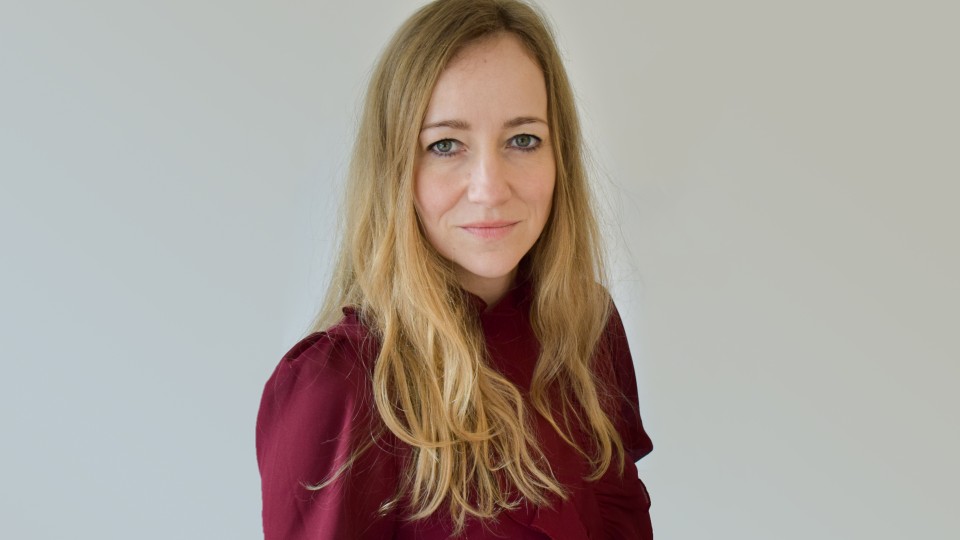Nicole Scherg set out to find a subject that connects people all around the world – and chose the one closest to home. She
observes midwives on four continents, noting the knowledge, energy and trust that are evident when they accompany mothers
and help newborn beings into existence. Whether in birthing centers, clinics or at home in the living room – across a wide
variety of locations, WISE WOMEN shows us how normal our route into this world is, how fragile and mysterious.
Did you intend WISE WOMEN to be a general reflection on the fundamental event of birth, or were you more interested in the
work of a midwife?
NICOLE SCHERG: At the outset, my idea was to make a film about the lowest common denominator for us human beings – something that really
does unite us all. So I inevitably ended up thinking about being born. However, I wasn’t only interested in the event itself
but also in the unique perspective of the women who spend their lives providing support when it comes: midwives. They may
experience that moment thousands of times, but each time it’s different. They’re very close to it, but at the same time they
have to maintain a professional distance. That area of tension fascinated me.
What prompted you to focus on such a wide geographical area? There are five protagonists in WISE WOMEN, on four continents
– in North and East Africa, in Nepal, Brazil and Austria.
NICOLE SCHERG: From the very beginning, I was fascinated by the idea of seeing birth as a universal experience – something that connects
us all, no matter where in the world we are born. To make that visible on film, it was necessary to adopt a perspective that
transcends national borders.
We’re all born – and someone accompanies us at that moment. The physiological process is the same all over the world, but
the circumstances in which a baby is born could hardly be more different, in terms of medical care, the political situation
and the social position of the woman – which also means that of the midwife. And yet the core of midwifery remains the same.
You sense that there’s something which connects midwives across continents – perhaps a kind of silent knowledge about this
process whereby we enter the world.
Did you shoot the film before or after the birth of your own children?
NICOLE SCHERG: In between. I already had my first child and was in the later stages of my next pregnancy while we filmed in Nepal and Ethiopia.
It hadn’t been planned that way, and it really messed up our shooting schedule. However, it turned out to be hugely beneficial
for the film, because my being there with my big, round belly, created a very special, almost non-verbal connection to the
women and the midwives. Later, when my baby was five months old, I shot the sequence in Austria. As soon as it was completed,
Covid came along.
What criteria did you use to select the protagonists across four continents?
NICOLE SCHERG: I wanted to show midwives on different continents who are representative of many others. The important things were geographical
diversity and the widest possible range of economic and social realities. How a birth system works depends largely on how
wealthy the country is – the medical infrastructure is the factor with the greatest influence. I felt it was important to
show a range of settings, from home births to birthing centers to simple hospitals and high-tech clinics. I wanted to accompany
both younger and experienced midwives, women in very different phases of their lives – and to find locations with powerful
contrasts: a hot country and a cold one, big cities and remote villages. Gradually, the pieces of the puzzle came together,
and off we went to Ethiopia, Morocco, Brazil, Nepal and Austria.
In Ethiopia, Morocco and Brazil you feature typical settings for giving birth, but in Austria you film a home birth, which
is really unusual.
NICOLE SCHERG: Gunda was the first midwife I met while I was doing my research, and I really wanted her to be in the film. The idea of showing
a home birth in Austria, of all places, was something we talked about for a long time. In Austria – as in most countries around
the world – hospital births are the norm. Only about 1.5% of all births take place outside a hospital setting, at home or
in a birthing center. So it’s an absolutely exceptional case – especially when it comes to the assistance involved. My attitude
from the start was that the place where the midwife does her work didn’t have to be representative of the country involved;
the aim isn’t to depict a statistical norm but to show how midwives shape childbirth – no matter where it takes place. Once
Gunda had been chosen for the film, we felt we’d covered the subject of home birth.
Does the fact that hospital births are the norm today also reflect a development in the field of obstetrics?
NICOLE SCHERG: Home birth is obstetrics from ancient times. That's why I felt it was so important to show how it was originally. In the past,
as a matter of course the midwife would come to the home of the woman giving birth; the bedroom or living room was her workplace.
The establishment of obstetrics as a field of medicine, and the relocation of birth to the hospital, brought about a lot of
changes. Not only did men, who in the past probably wouldn’t even have thought of being involved, enter the field of obstetrics
as doctors, but birth also moved to a pathological environment. As a result, the natural, physiological view of birth has
increasingly faded into the background, while medical control and risk management have become more and more important.
What did you discover about women’s motivation in choosing a career as a midwife?
NICOLE SCHERG: I came to the conclusion that for most midwives, the really important thing is being able to accompany women through one of
the most intense and at the same time most vulnerable experiences, to protect them and give them a feeling of security. Ghenet,
our midwife in Ethiopia, for example, says she never wants to see another dead mother or child. That shows very clearly what
matters to all midwives: getting the mother and the child through birth safely is the top priority. A midwife needs a powerful
sense of idealism to handle all the hardship, the responsibility and the stress of this profession. Despite all the beautiful
moments, it is a tough job that demands a lot from women. This creates a kind of complicity between midwife and mother – and
it is precisely this closeness that makes them the original feminists, in my view, even if they would probably never use that
term. They stand by the side of women, fight for self-determination and for a birth that is not only safe but also humane.
In narrative terms, you first provide an account of the work, everyday life and routine involved in being a midwife, but you
also show times when babies can’t be brought to life, and you observe what effect this has on the midwives.
NICOLE SCHERG: It’s in the nature of things that most births go well – and some don’t. So while we were filming, we inevitably encountered
times when it wasn’t possible for the baby to be born. These moments show not only how much responsibility midwives have,
but also that you can never predict how a birth will go. Midwives must be extremely vigilant at all times and able to do the
right thing in this stressful situation.
We simply followed events with the camera and then constructed the narrative in the editing. We chose scenes where something
is revealed to us, and the audience can become involved emotionally.
Another interesting feature of the film is the way all the protagonists share their own experiences with pregnancy and family.
NICOLE SCHERG: I wanted to show my protagonists not only in their working world but as complete individuals. It really wasn’t until we were
filming that I heard the stories behind their professional lives as midwives. Before that, we had only met over video calls,
where we talked for two or three hours, together with a translator. Birth, motherhood and children are subjects that almost
inevitably arise when you talk to midwives. Sheila in Brazil said she’d have liked children of her own but couldn't have any.
Her job means that she experiences the emotions of the families and is part of these special moments. Every woman has her
own story.
Interview: Karin Schiefer
September 2025
Translation: Charles Osborne

